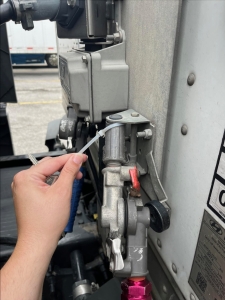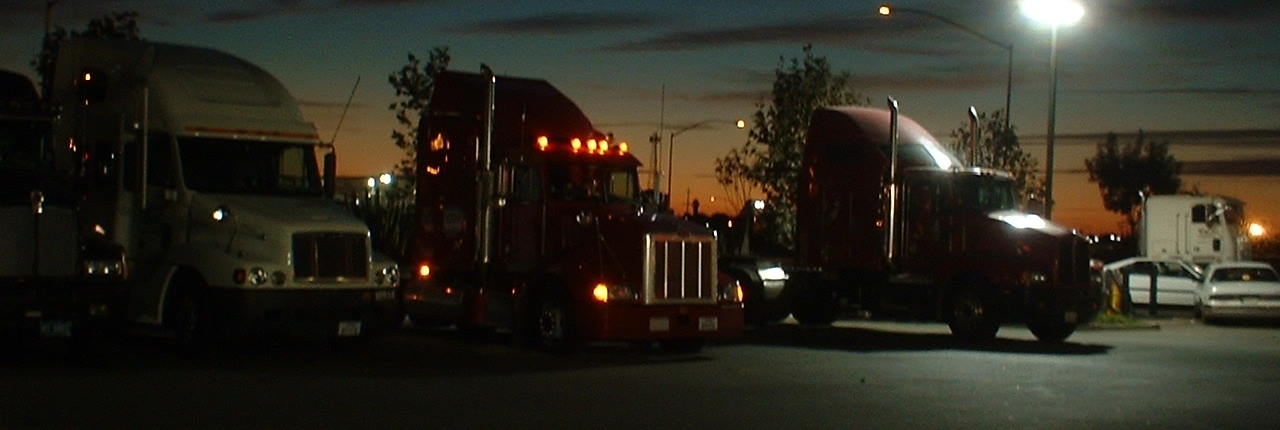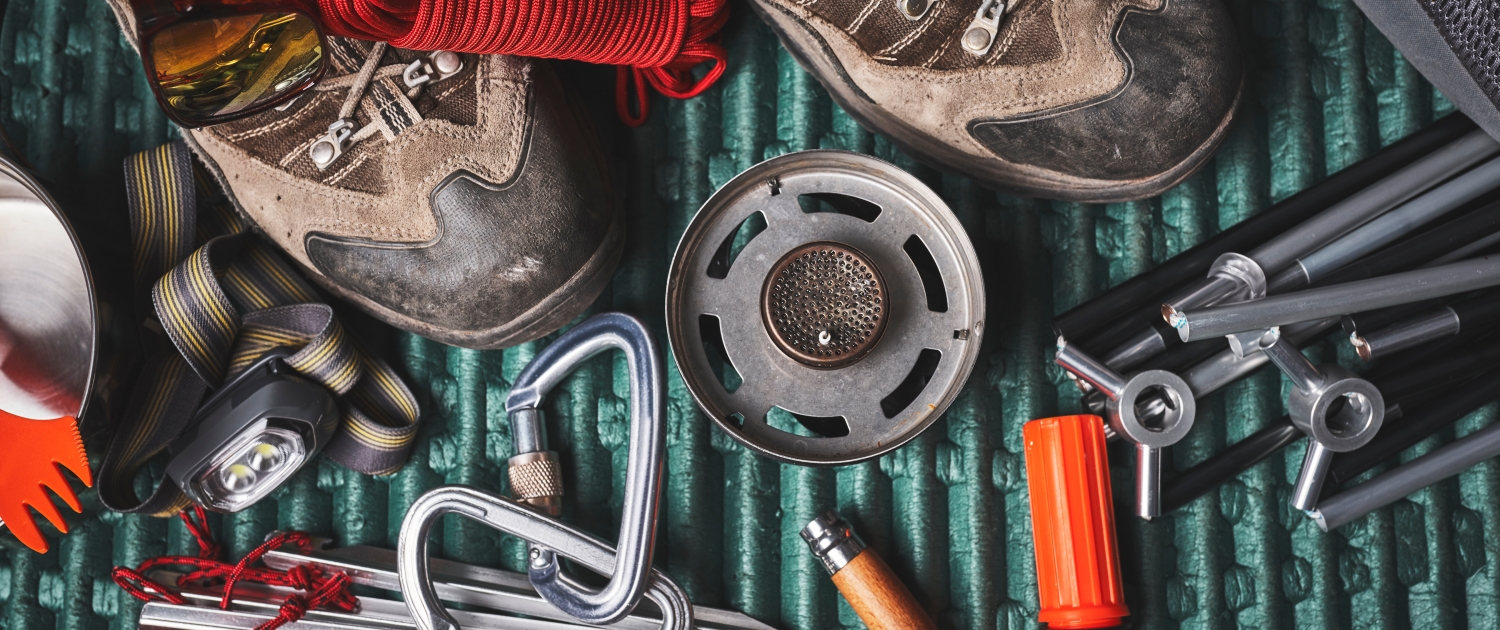
There’s a reason there are blogs, social media pages, and nonprofit organizations dedicated to the safety of female truck drivers. While safety should be every driver’s top priority, women in the trucking industry face unique discrimination and threats to their safety that are serious and continuing to evolve.
Although women have been pioneers in the commercial driving industry since its origins in the early 1900s, they have had to fight for progress and recognition, as well as for support against safety threats. Modern times have seen improvements in equality behind the wheel, but many female truck drivers still feel like they’re on their own to protect themselves at truck stops and in other industry settings. Keep reading if you’re looking for necessary tips to avoid dangerous situations as a woman in the trucking business.
Modern Times Means Modern Threats
Unfortunately, as technology and ideas continue to develop over time, so do the people who abuse them. One threat that is increasingly dangerous for women in the trucking industry is human trafficking.
Truck stops are often safe, relaxing places that give all members of the trucking community a much needed recharge and refuel point. However, they can also be used as points to mark and target solo truck drivers as potential victims, and as stopping points for traffickers already transporting kidnapped women and children.
Many veteran female truck drivers have potentially life saving tips to avoid dangerous situations that they use no matter where they are.

A solo female truck driver found this zip tie on her air line at a truck stop in the eastern US, a known signal for human traffickers marking a potential victim.
One driver, who will not be identified for her safety, was recently at a truck stop and noticed a zip tie had been put on her emergency air line while she was sleeping. This is a known signal for traffickers, along with tissues, paper, and other small, intentionally placed markers.
If you encounter something like this, do not attempt to remove the marker on your own. Traffickers sometimes use drugs that can be absorbed through skin contact alone. In a situation like this, it is recommended to get to a safe location immediately and call the police. If this seems dramatic, consider that making a decision like this could be the difference between life or death.
Tips and Tricks from Women in the Field
Human trafficking is not the only safety threat that female truckers face. Here at Drive My Way, we have compiled advice that real women in the trucking industry have shared on social media and blogs for how they remain safe and comfortable while still getting the job done.
Some of the most important and widely shared tips explain how a woman driving solo can make it appear as if she isn’t alone. Making it appear as if you have a driving partner, husband, or even dog can be an easy and effective way to protect yourself at truck stops or in other uncomfortable situations.
- If someone asks, say your partner (or dog!) is sleeping in the cab. For this to be the most effective, keep the curtain drawn on your sleeper so no one looking in can tell. If you’re feeling especially uncomfortable in a setting, you might want to pretend to have a conversation with whoever is “behind the curtain.”
- Wear a wedding ring.
- Order two plates of food/drinks to bring back to the cab.
- When entering your cab, knock on the door as if someone is inside, then discreetly open the door yourself.
Many women have also shared tips that they practice at all times to maintain their safety.
- Always check your trailer when you come back for anything out of the ordinary, and lock it before you leave, even if just fueling.
- Park as close to the truck stop as you can, and only in well lit areas.
- Limit your distractions when outside of your truck, so you can always be aware of your surroundings. This might mean staying off your phone and always being alert.
- Consider protection for yourself, such as bear/wasp spray, mace, or a dog (if your company allows it!)
- Wear baggy clothing if you are especially uncomfortable in a setting.
It is a sad reality that female truck drivers face threats to their safety across the country. However, it is important to be aware of this disparity to continue the fight for increased safety regulations and improvements to truck stop security. Women are a fast growing minority in the trucking industry, but there is still a long way to go.
Are there any safety tips we missed? Which truck stops make you feel the most comfortable and safe? Please let us know on our social media so we can continue to share information that helps make the trucking industry equal for every driver.


 Some truck drivers love being on an empty highway at night, while others prefer to do their hauling during the daytime. No matter which you prefer, most truck drivers will put in their fair share of night driving at some point in their career.
Some truck drivers love being on an empty highway at night, while others prefer to do their hauling during the daytime. No matter which you prefer, most truck drivers will put in their fair share of night driving at some point in their career. 
 At night, there are fewer people around, and you’re more likely to run into
At night, there are fewer people around, and you’re more likely to run into  Glare can be a big problem for night truck driving. Luckily, a little glass cleaner and elbow grease usually does the trick.
Glare can be a big problem for night truck driving. Luckily, a little glass cleaner and elbow grease usually does the trick. 




 No trend in 2020, 2021, or 2022 has been more pronounced than the rapid pace of
No trend in 2020, 2021, or 2022 has been more pronounced than the rapid pace of  This trend is starting to become clearer in NTI data on driver wages and benefits, but increasingly, motor carriers will move toward pay packages that promote safety and move away from pay packages that promote productivity.
This trend is starting to become clearer in NTI data on driver wages and benefits, but increasingly, motor carriers will move toward pay packages that promote safety and move away from pay packages that promote productivity.  A frustration long held by professional drivers is inconsistent and lumpy paychecks week to week — particularly for causes outside of their control, such as
A frustration long held by professional drivers is inconsistent and lumpy paychecks week to week — particularly for causes outside of their control, such as 
 Scheduling flexibility may not sound like it’s directly tied to a driver’s paycheck — but it can and should be viewed as an element of a fleet’s driver compensation package and a vital component of recruiting and retention programs.
Scheduling flexibility may not sound like it’s directly tied to a driver’s paycheck — but it can and should be viewed as an element of a fleet’s driver compensation package and a vital component of recruiting and retention programs.  Driving provides women truckers with many of the same advantages as it does to men—independence, flexibility, and the opportunity to travel across the country.
Driving provides women truckers with many of the same advantages as it does to men—independence, flexibility, and the opportunity to travel across the country. While work-life balance should be important for all truckers, it’s sometimes not as important to men. Carriers may become used to offering insufficient
While work-life balance should be important for all truckers, it’s sometimes not as important to men. Carriers may become used to offering insufficient 

 Women truck drivers will have specific concerns about hygiene that male drivers won’t. And unfortunately, sometimes male drivers, fleet managers, or truck stop employees may be unaware or unsympathetic to these issues.
Women truck drivers will have specific concerns about hygiene that male drivers won’t. And unfortunately, sometimes male drivers, fleet managers, or truck stop employees may be unaware or unsympathetic to these issues.

 If you were to ask truck drivers where their
If you were to ask truck drivers where their 
 Studies show that living in a
Studies show that living in a  While you won’t be able to fix everything on your truck, having the right tools to tighten, straighten, or replace something in a pinch can be the difference between waiting hours for roadside assistance and getting back on the road in a matter of minutes.
While you won’t be able to fix everything on your truck, having the right tools to tighten, straighten, or replace something in a pinch can be the difference between waiting hours for roadside assistance and getting back on the road in a matter of minutes.  The importance of taking care of yourself on the road can’t be overstated. While most of the items on this list seem like common sense, it’s never a bad idea to double check to make sure you’re not missing anything important.
The importance of taking care of yourself on the road can’t be overstated. While most of the items on this list seem like common sense, it’s never a bad idea to double check to make sure you’re not missing anything important. 
 For most drivers, their smartphone is all they need for entertainment when stopped for the night. But if you’re looking to spend less time on your phone, there are a number of options for entertainment that don’t involve your smartphone.
For most drivers, their smartphone is all they need for entertainment when stopped for the night. But if you’re looking to spend less time on your phone, there are a number of options for entertainment that don’t involve your smartphone.  Here are some other things you might want to add to your list.
Here are some other things you might want to add to your list.
 CBD (short for cannabidiol) is a compound found in cannabis plants like hemp and marijuana. There are over 113 such compounds in the cannabis plant, known as cannabinoids. The most well-known cannabinoids are CBD and THC (short for tetrahydrocannabinol).
CBD (short for cannabidiol) is a compound found in cannabis plants like hemp and marijuana. There are over 113 such compounds in the cannabis plant, known as cannabinoids. The most well-known cannabinoids are CBD and THC (short for tetrahydrocannabinol).  There are many CBD derived products that are available for use on the market. For example, CBD oil is made by extracting the compound from either hemp or marijuana plants. These products of course contain CBD, but other things as well, including trace amounts of THC.
There are many CBD derived products that are available for use on the market. For example, CBD oil is made by extracting the compound from either hemp or marijuana plants. These products of course contain CBD, but other things as well, including trace amounts of THC. It’s important to remember that while marijuana and its derived products are becoming legalized in more and more states, it’s still illegal on the federal level. This means if you are drug tested using the federal drug testing panel and use CBD, it will be reported out as a positive drug test. The recent clearinghouse regulations mean that this test result data will be available to other employers in the trucking industry.
It’s important to remember that while marijuana and its derived products are becoming legalized in more and more states, it’s still illegal on the federal level. This means if you are drug tested using the federal drug testing panel and use CBD, it will be reported out as a positive drug test. The recent clearinghouse regulations mean that this test result data will be available to other employers in the trucking industry.  So, what’s the bottom line for people wondering “can truck drivers use CBD?”
So, what’s the bottom line for people wondering “can truck drivers use CBD?” 
